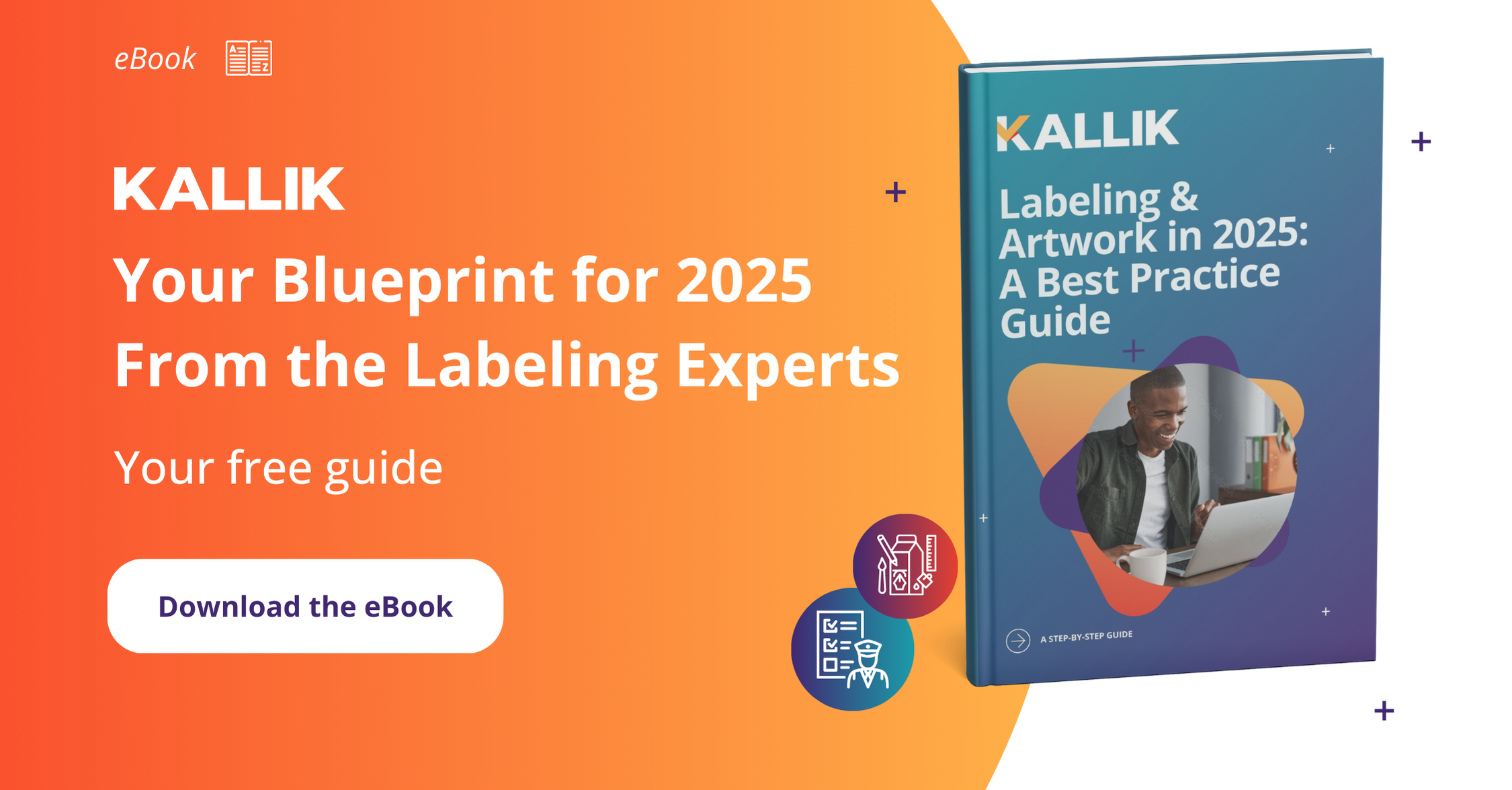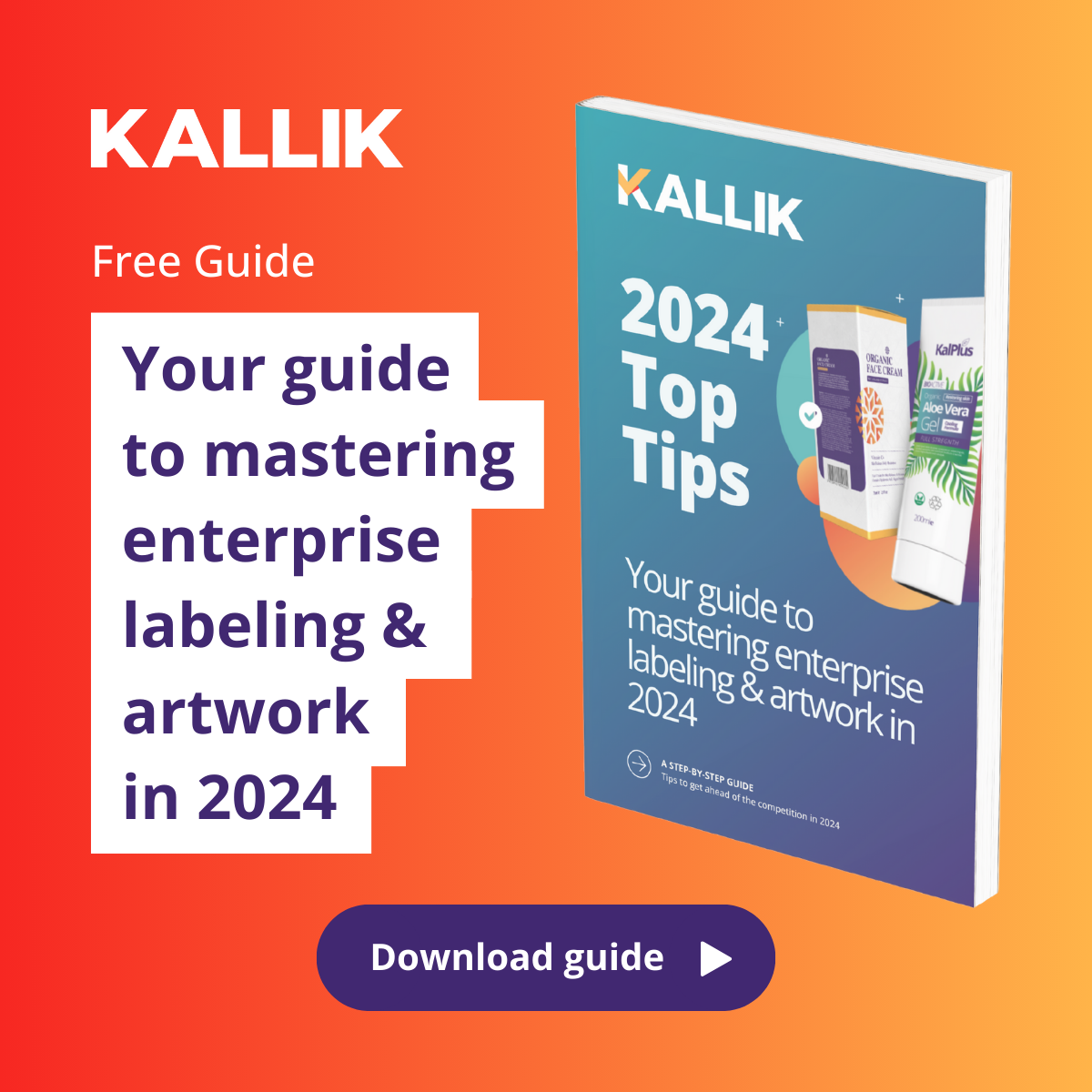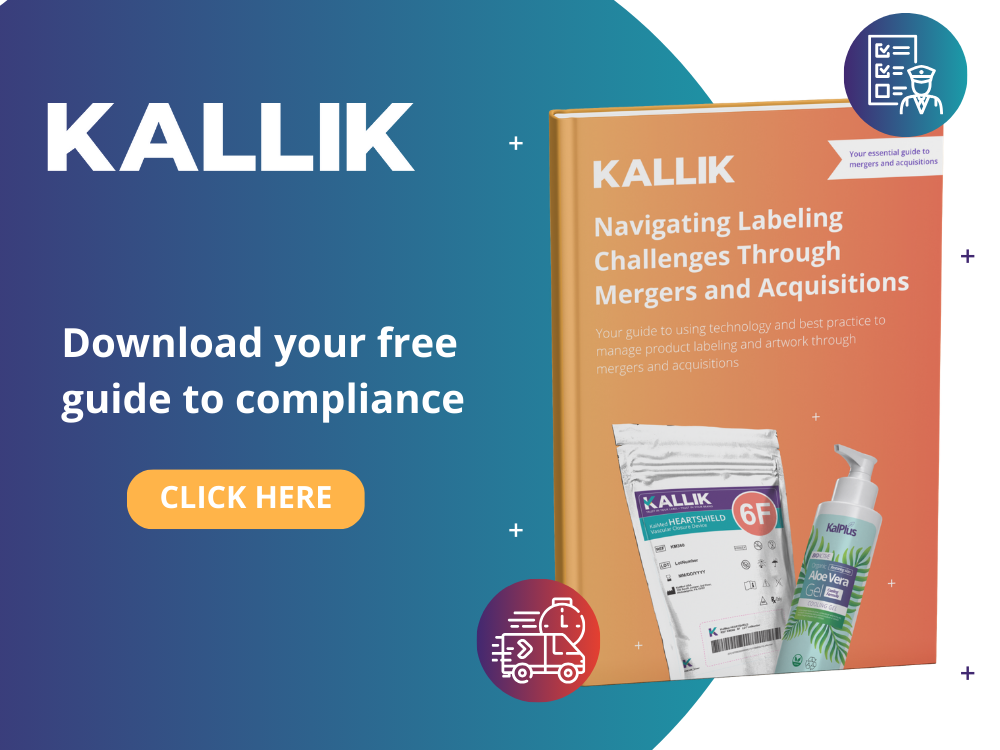As businesses look ahead to 2025, one of the most significant trends reshaping the labeling and artwork industry is the rise of electronic Instructions for Use (eIFUs). With increasing regulatory demands, technological advancements, and a growing emphasis on sustainability, eIFUs are fast becoming a key solution for companies aiming to streamline their processes, improve customer experience, and reduce their environmental impact.
What Are IFUs and eIFUs?
In the healthcare and medical device industries, Instruction for Use (IFU) documents play a critical role in ensuring the safe and effective use of products. Traditional IFUs are physical paper-based manuals or leaflets that accompany medical devices, providing essential information on their operation, maintenance, and safety precautions.
You might see one with a medical device like a glucose meter. The IFU would typically be a printed booklet or leaflet included in the packaging. It would provide essential information such as setup instructions, how to use the device properly, maintenance tips, troubleshooting guidance, and safety precautions. The IFU might also include diagrams or images to illustrate the steps clearly, ensuring users can effectively operate the device and understand its features.
However, with the rapid digitization of information, electronic Instructions for Use (eIFUs) are emerging as a modern alternative. eIFUs are digital versions of these instructional documents that can be accessed online or through electronic devices, offering advantages such as easier updates, reduced environmental impact, and enhanced accessibility for users worldwide.
An eIFU can take various forms, such as a downloadable PDF, an interactive web-based guide, or a mobile application which might be accessed by scanning a QR code on the product packaging or an NFC tag embedded in the product itself. These formats offer users easy access to comprehensive product information, ensuring they can efficiently utilize the product. For example, a medical device manufacturer might use an eIFU for a complex surgical instrument. Surgeons can access the eIFU via a secure app on their tablets, where they find step-by-step instructions, video demonstrations, and troubleshooting tips. This digital format allows healthcare professionals to familiarize themselves with the device before procedures, enhancing safety and efficacy in clinical settings.
How Do eIFUs Work?
eIFUs are designed to be easily accessible to end-users, whether they’re professionals in healthcare settings or general consumers. Here’s how they typically work:
Digital Hosting: Companies host eIFUs on secure, compliant platforms—often accessible via a simple website or through a mobile app.
Access Points: End-users can easily access the information by scanning a QR code, visiting a URL, or tapping an NFC-enabled device.
Version Control: Unlike printed documents that may become outdated, eIFUs can be updated in real-time, ensuring users always have the latest information without needing to reprint and redistribute materials.
Multilingual Options: eIFUs allow companies to provide multiple language options seamlessly, often reducing the complexity and cost associated with printing different versions for different markets.
The Benefits of eIFUs
The switch to eIFUs is not just about staying ahead of the technology curve—there are tangible benefits that can directly impact a company’s bottom line and sustainability initiatives.
Cost Efficiency: Printing, shipping, and storing physical IFUs are expensive processes. By going digital, businesses significantly reduce these costs, freeing up resources for other areas of development.
Enhanced User Experience: eIFUs offer a superior user experience, as they are always accessible and easy to navigate. With built-in search functions, users can quickly find the specific information they need, saving time and improving product usability.
Regulatory Compliance: Many industries, particularly healthcare, have stringent requirements for product labeling. eIFUs allow companies to ensure compliance with these regulations by providing real-time updates and version control, minimizing the risk of distributing outdated or non-compliant instructions.
Customization and Personalization: eIFUs can be tailored to individual users’ needs, offering additional information or guidance based on specific use cases. This level of customization is difficult to achieve with printed materials but is easily manageable in a digital format.
eIFUs: A Powerful Tool for Sustainability
Sustainability is no longer just a buzzword—it’s a core business priority. Companies across industries are striving to meet ambitious sustainability goals, and eIFUs are playing a key role in this effort.
Reduced Paper Waste: Traditional IFUs often run multiple pages and are included with every product, generating significant amounts of paper waste. Switching to digital formats cuts down on this waste, aligning with broader corporate sustainability goals.
Lower Carbon Footprint: By eliminating the need for printing and shipping physical documents, companies reduce their carbon emissions. The process of producing and distributing printed materials requires substantial energy and resources, from paper production to transportation.
Minimized Resource Use: eIFUs require fewer resources overall, from raw materials (like paper and ink) to the energy used in the printing process. This resource minimization is crucial as businesses aim to reduce their environmental impact and move toward more circular, sustainable practices.
Why eIFUs Will Dominate in 2025
As we move toward 2025, eIFUs are poised to become one of the biggest trends in labeling and artwork management. The combination of regulatory demand, technological ease, and a global shift toward sustainability means more companies will be adopting this digital-first approach to product labeling. The healthcare and pharmaceutical sectors are already leading the charge, but industries ranging from consumer electronics to cosmetics are quickly recognizing the advantages.
Moreover, the increasing adoption of cloud-based systems, AI, and automation in labeling and artwork management will make the creation, distribution, and management of eIFUs even more efficient. Solutions like Veraciti, with its AI-powered automation tools, are making it easier than ever to integrate eIFUs into existing systems, ensuring businesses can stay ahead of the curve while also meeting sustainability objectives.
Get Ahead of the Curve
eIFUs are not just a fleeting trend; they represent a fundamental shift in how businesses approach product labeling. With their cost-saving, user-friendly, and sustainable benefits, eIFUs are set to redefine the labeling and artwork landscape in 2025 and beyond. Companies that embrace this transition will not only be meeting regulatory requirements and enhancing customer experience—they’ll also be playing their part in building a more sustainable future.
Get in touch today to see what we can do for you at enquiries@kallik.com or call +44 (0) 1827 318100. Alternatively, click here to book a demo and discover how a cloud-based, end-to-end solution can simplify your process, ensuring accuracy, compliance, and efficiency from start to finish.



